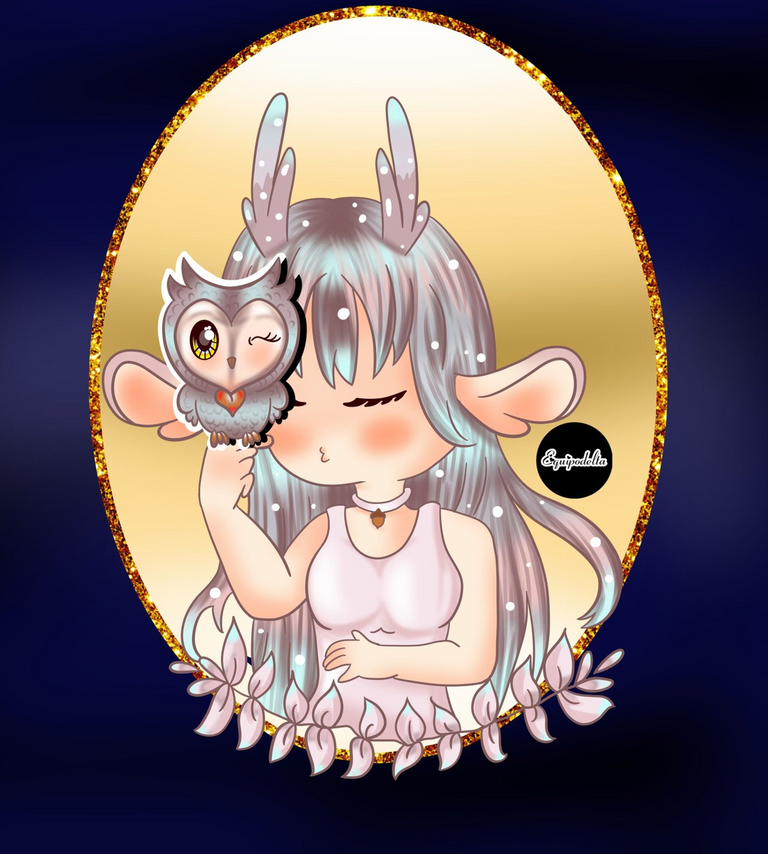Reflections on "Venezuela" in a song/Reflexiones sobre "Venezuela" en una canción


Hay muchas canciones que se llaman así, no obstante; nos referimos a la versión de Herrero y Armenteros, dos músicos españoles del género rock quienes nunca conocieron a Venezuela más allá de los libros (Jamás la visitaron) y aún así compusieron dicho tema.
Esta pieza fue interpretada por el salsero Balbino, en los años noventa y el mismo José Luis Rodríguez "El Puma" dijo que él había grabado tiempo atrás. Pero partimos que esta canción es uno de los casos particulares en donde trasciende la música más que el artista. Nadie conoce a Balbino en la actualidad, pero es más conocida "Venezuela" en mi país y es parte del repertorio musical Latinoaméricano y mundial.
Siendo profesor de música de educación primaria, para enseñar la geografía de Venezuela, no era necesario dar una clase magistral con maqueta, mapas o globos terráqueos. Escribir y cantar "Venezuela" es suficiente para entender la descripción completa de los paisajes de uno de los países más biodiversos del mundo.
There are many songs that are called that, however; we refer to the version of Herrero y Armenteros, two Spanish musicians of the rock genre who never knew Venezuela beyond the books (they never visited it) and a[un as[i composed said theme.
This piece was interpreted by the salsa singer Balbino, in the nineties and José Luis Rodríguez "El Puma" himself said that he had recorded it some time ago. But we start off that this song is one of the particular cases where the music transcends more than the artist. Nobody knows Balbino nowadays, but "Venezuela" is better known in my country and is part of the Latin American and world musical repertoire.
Being a primary school music teacher, to teach the geography of Venezuela, it was not necessary to give a master class with a model, maps or globes. Writing and singing "Venezuela" is enough to understand the complete description of the landscapes of one of the most biodiverse countries in the world.






La selva, se ve referenciada en los Estados Bolivar (El más grande del país) y El Estado Amazonas. Por los paisajes selváticos en flora y fauna. Además, tenemos el Parque Canaima y la caída de agua más grande del mundo, el Salto Ángel o el Churun Merú.
Hablando de la nieve, en Venezuela termina el recorrido continental de la Cordillera de los Andes. Tantos picos montañosos tenemos y en los cuales tenemos nieve, sin empeño de envidiar el Polo Norte.
Tenemos el Pico Bolívar el más grande del país. Esta es una de las razones por las cuales Estados como Mérida, Táchira y Trujillo son lugares de visitas obligadas por los turistas.En Venezuela, se habla del Desierto, gran representación de este tipo de paisaje lo tenemos con los Médanos de Coro. Un desierto único en nuestra nación.
Venezuela ¿Tiene volcán? No, sin embargo en diversas partes de la nación hay sitios en donde contamos con aguas termales. Hay volcanes inactivos pero para nadie es un secreto que tenemos zonas volcánicas de bajo riesgo pero con fuertes implicaciones sísmicas como la falla de Boconó lo que supone la presencia de volcán.
The jungle is referenced in the Bolivar States (the largest in the country) and the Amazonas State. For the jungle landscapes in flora and fauna. In addition, we have the Canaima Park and the largest waterfall in the world, Angel Falls or Churun Merú.
Speaking of snow, the continental tour of the Andes Mountains ends in Venezuela. We have so many mountain peaks and in which we have snow, with no effort to envy the North Pole.
We have Pico Bolívar, the largest in the country. This is one of the reasons why States such as Mérida, Táchira and Trujillo are must-see places for tourists. In Venezuela, we talk about the Desert, a great representation of this type of landscape we have with the Médanos de Coro. A unique desert in our nation.
Venezuela Does it have a volcano? No, however in various parts of the nation there are places where we have hot springs. There are inactive volcanoes but it is no secret to anyone that we have low-risk volcanic areas but with strong seismic implications such as the Boconó fault, which implies the presence of a volcano.


Como diría Franco de Vita, Venezuela esta en el norte del Sur, quiere decir: Lo más norte de Suramérica es nuestra nación. Es por ello que sirve de puerto y Aeropuerto idóneo comercial para el resto de América y Europa.
Y así podríamos detallar cada una de las frases de una canción y fácilmente haríamos tres publicaciones más. Sin embargo, a nivel musical no hay evento cultural, de cualquier escuela, lugar o edad, en el cual no esté presente este tercer Himno venezolano. Son, fueron y serán muchas las generaciones que seguirán ejecutando esta obra musical que ha pesar de sus orígenes extranjeros, se nos metió en las venas.
No dejaremos su letra pero si algunas referencias de lo expresado acá, basta apreciar la música, al final dejaremos algunas referencias desde youtube para su apreciación, hasta la próxima. Dios les bendiga...
As Franco de Vita would say, Venezuela is in the north of the South, which means: The northernmost part of South America is our nation. That is why it serves as an ideal commercial port and airport for the rest of America and Europe.
And so we could detail each of the phrases of a song and we would easily make three more publications. However, at the musical level there is no cultural event, of any school, place or age, in which this third Venezuelan Anthem is not present. There are, were and will be many generations that will continue performing this musical work that, despite its foreign origins, has entered our veins.
We will not leave its lyrics but if some references to what is expressed here, it is enough to appreciate the music, in the end we will leave some references from YouTube for your appreciation, until next time. God bless you...




Credits/Créditos:
The references to the song belong to its authors and the Venezuelan people, and it was cited for educational and promotional purposes
The final avatar of this publication belongs to and is hyperlinked to @equipodelta
The paragraph separator is my authorship, designed from Microsoft Power Point
The English language is not my native language, therefore I may have grammatical errors, for this I used the translator: https://www.google.com/search?client=firefox-b-d&q=traductor .. God bless you...
Las referencias a la canción pertenecen a sus autores y al pueblo venezolano, y fue citada con fines educativos y promocionales
El avatar final de esta publicación pertenece y está hipervinculado a @equipodelta
El separador de párrafo es de mi autoría, diseñado desde Microsoft Power Point
El inglés idioma no es mi idioma nativo, por lo tanto, puedo tener errores gramaticales, para ello usé el traductor: https://www.google.com/search?client=firefox-b-d&q=traductor .. Dios les bendiga...

For more information about my universe, you can follow my social networks (click icons)
Para mayor información de mi universo, puedes seguir mis redes sociales (hacer clik iconos)






